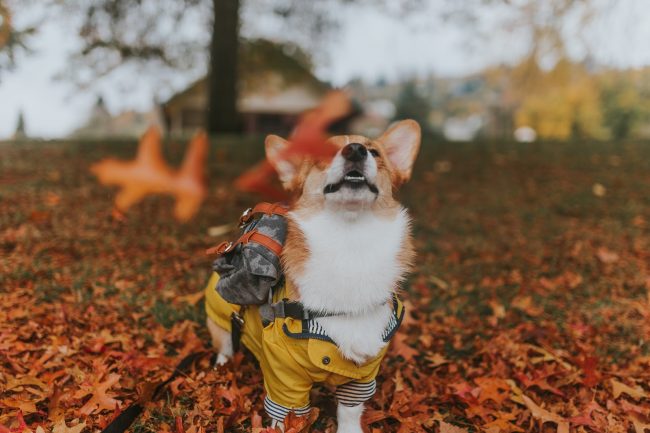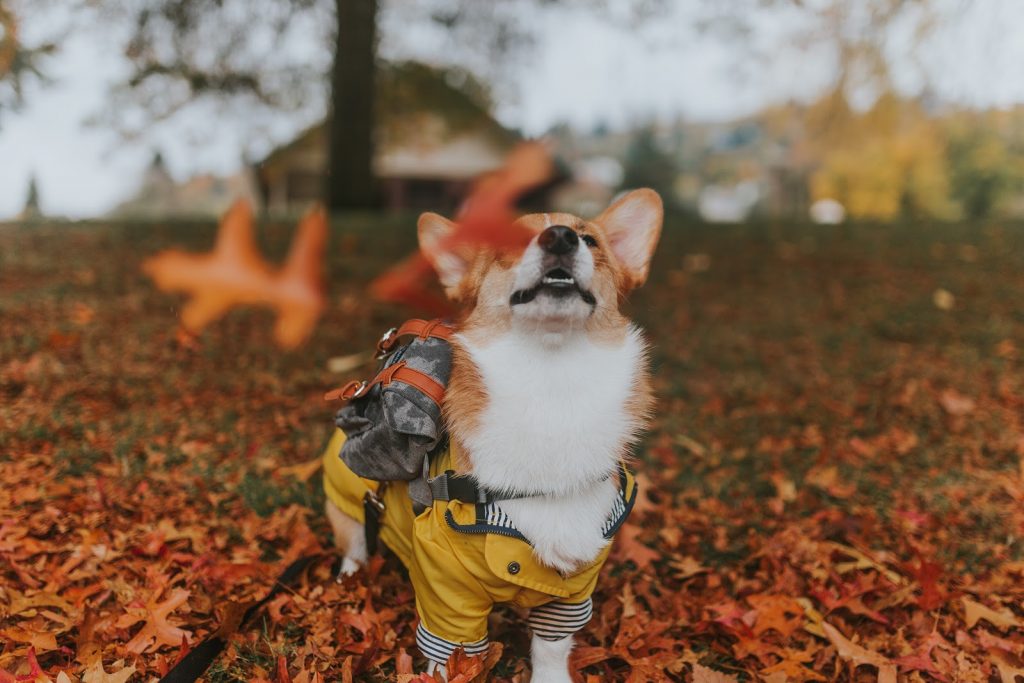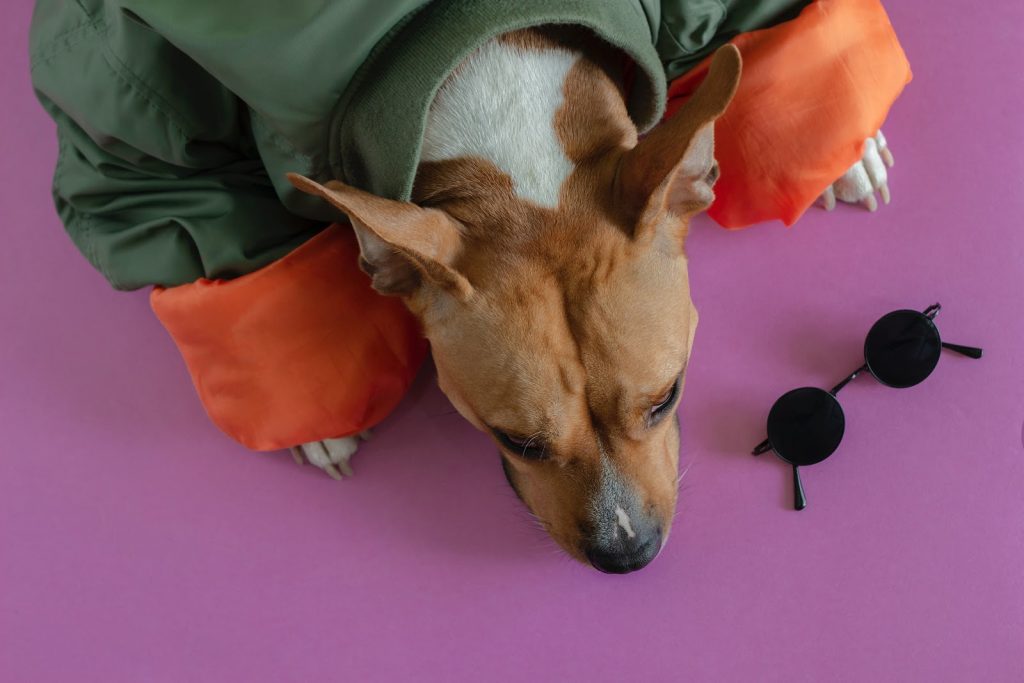When it comes to the question of dog clothing, opinions are divided. While some people have a tendency to project human feelings and desires onto their pets, others believe their pets naturally have everything they need to overcome seasonal changes.
Sometimes, it might be hard to distinguish the real need to protect them from harsh weather from the wishes of owners. While some dogs are fine in their natural habitat, others, more sensitive to climate change, undoubtedly need additional protection.
Why Natural Protection Isn’t Enough
Dogs Have Evolved Alongside Humans
We forget that dogs were the first animal domesticated, which, naturally, lead them to change with the multitude of roles they were assigned by humans. They became adapted to human conditions of living, which modified some of their physical aspects. For some breeds, the protected life in homes diminished their need for thick fur, pushing them to lose a good part of it.
Successive Breed Crossing
Humans also used successive crossing of breeds to bring out or obtain desirable characteristics of breeds that suited their specific needs. This is another factor that contributed to the modification of their natural protection.
Change of Natural Environment
Finally, some breeds are badly acclimatized. With people increasingly choosing pets from radically different climate conditions, many breeds find themselves in unsuitable habitats. Thus Huskies, St Bernards and Chow Chows live in hotter places, while Chihuahuas and Greyhounds can be found in cold and rainy places.
When to Consider Additional Protection
During Cold Weather
Dogs sensitive to the cold need to wear clothes when the frost is severe. It can range from a simple t-shirt to a cotton or wool coat. The legs also need to be protected with suitable boots. Ideally, you would coat their pads with a protective ointment.
The sensitivity to low temperatures is all the more increased when the animal spends a lot of time indoors. Chihuahuas, Great Danes, Whippets, among others, are particularly vulnerable to cold. Investing in quality clothing and a proper fit, such as the Pet Life coats and jackets, you can mitigate the risk of catching a cold.
Bear in mind that even if some dogs tolerate the cold well, we must not overlook the harmful effect of the salt, antifreeze, and other products used on the pavement in winter. They can irritate the pads along with the other parts of the body closest to the ground: snout, feet, belly, chest, tail, etc. The cold itself attacks the skin and the hair.
During Rainy Season
Rainy season can be quite tricky, and many dogs can have different complications if not properly equipped. Of course, some breeds cope differently in the face of bad weather. In general, those with double coats (guard hairs and dense undercoat) are the best-off when it rains.
A waterproof coat is necessary but rarely welcomed by dogs. This shouldn’t discourage you, it just takes patience. Try introducing raincoats and boots little by little. Start with having them wear it for 5 minutes at home, then 10, then 15, and so on. Make sure your pet gets properly rewarded every time they stay patient. This can be as simple as petting them and telling them they’re a good girl/boy. When they become accustomed to their new raincoat, it’s time to take them out.
During the Summer
Just like the cold and the rain, the heat is also a source of inconvenience and grouchiness for our little canine companions. In addition to the direct exposure to the sun, there is the burning heat of the tarmac roads that cause the dog’s pads, stomach, snout, and chest to suffer. Again, making them wear suitable slippers can help them endure the walk, but it is much more advisable to avoid taking your pet out during the hottest hours of the day.
However, if the heat is unbearable throughout the whole day, you might want to consider some of the summer dog gear that helps minimize heat absorption. These help keep your dog cool and protect from sunburn. The gear can be especially helpful if you plan on traveling, as dogs don’t tend to tolerate very high temperatures on the road. The pad wax recommended to keep them safe from abrasive chemicals during winter can also be used in the summer instead of slippers.
How to Help Them Get Used to Clothes
Here are some noteworthy tips to help get your dog comfortable with the idea of clothes. Naturally, they tend to dislike additional protection unless trained early on. This is why it is best if you start when they’re still young, as puppies are easier to train.
Reward Desirable Behavior
Be patient and spare some time to introduce the clothes. Allow them to sniff it at first, and later, you can pet them a little on the sides. In the meantime, make sure you praise them and give them a treat if they show no resistance. Gradually cut back on treats in the process, if you don’t want them to protest later on when they don’t get what they’re used to.
Keep It Simple
Start with clothes that are easy to wear. Complicated clothes or those that cover their paws, heads, limbs or tails are more likely to make them anxious at first. So, make sure not to put too much pressure on them in the beginning. Something that covers their backs and buckles quickly will do. And, of course, make sure the clothes fit them well – otherwise, it’s just an additional complication.
Associate Clothes With Fun and Joy
Make positive associations during the first couple of tries. Try and distract them, grab some toys and play with them or take them somewhere you know they like. This way, they’ll think of clothes not as something restraining and irritating, but as something that will bring them new and fun adventures.
Even though every dog loves spending time with their owner, especially outside, it may take some time for them to adjust to their new garment. With time, they might even start enjoying designer doggy fashion. All the more fun for you!









